How to protect young seedlings in the first winter |
If your plot has young apple trees, pear trees, currants or other fruit trees and shrubs, don’t forget to prepare them for the upcoming winter.
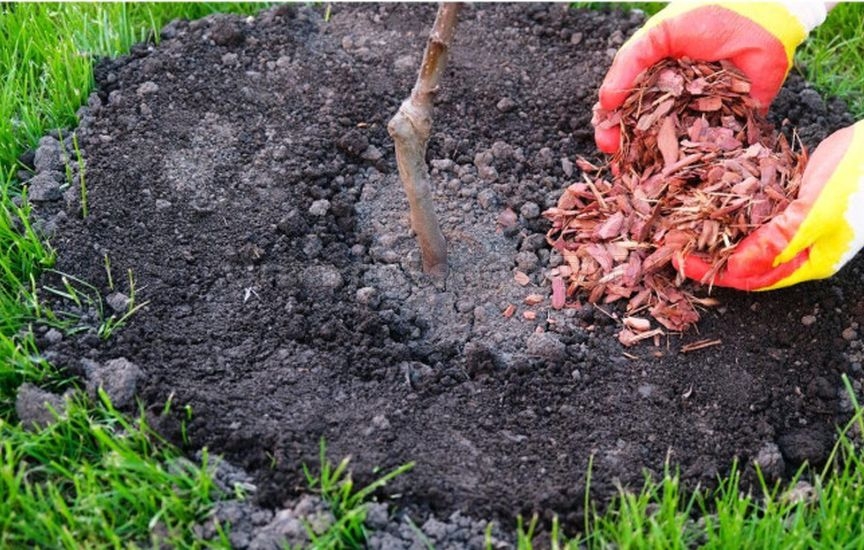 Until plants reach five years of age, their ability to withstand negative environmental impacts is quite low. Moreover, young plants often suffer from sunburn, heavy snowfall, and hungry rodents. And it is only up to us whether the seedlings will cope with these difficulties, bear fruit well in the future, or weaken or even die in the very first winter. In October – early November, before the onset of stable frosts, a number of procedures should be carried out to help preserve young trees. Special attention should be paid to specimens planted in spring or autumn of this year. Clean up the trunk circles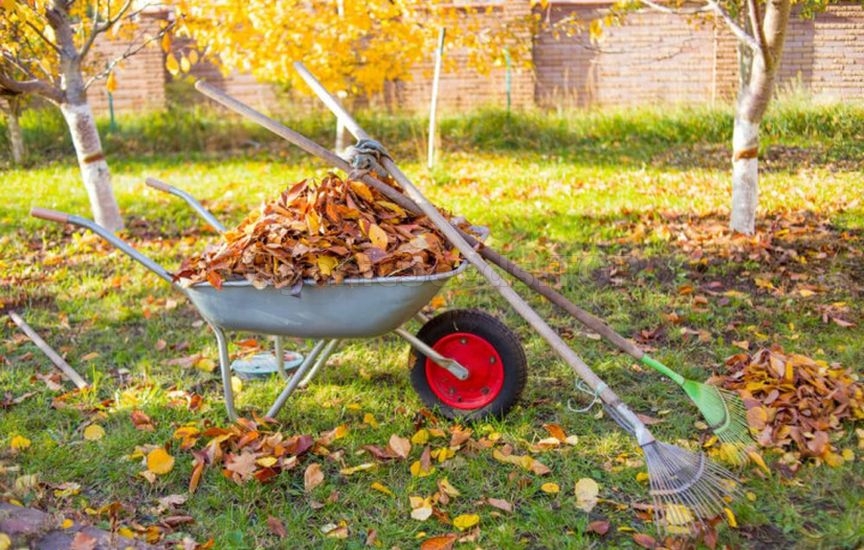 First, weed the soil in the trunk circles, preventing weeds from taking nutrients from young plants. Rake fallen leaves and remove all plant debris. Loosen the soil with a hoe or fork so the roots get more air and gradually harden. Do not dig the soil in the trunk circles of seedlings to avoid damaging the root system. Loosening should be done to a depth of no more than 5 cm. Work especially carefully near the trunk to avoid damaging the bark. If there are many soil pests on the plot, loosening the soil will help eliminate some of them: larvae and adult insects will be damaged, and their winter shelters destroyed. But sometimes this is not enough. Therefore, loosening can be combined with the application of insecticides against mole crickets, May beetle larvae, etc. Feed the plants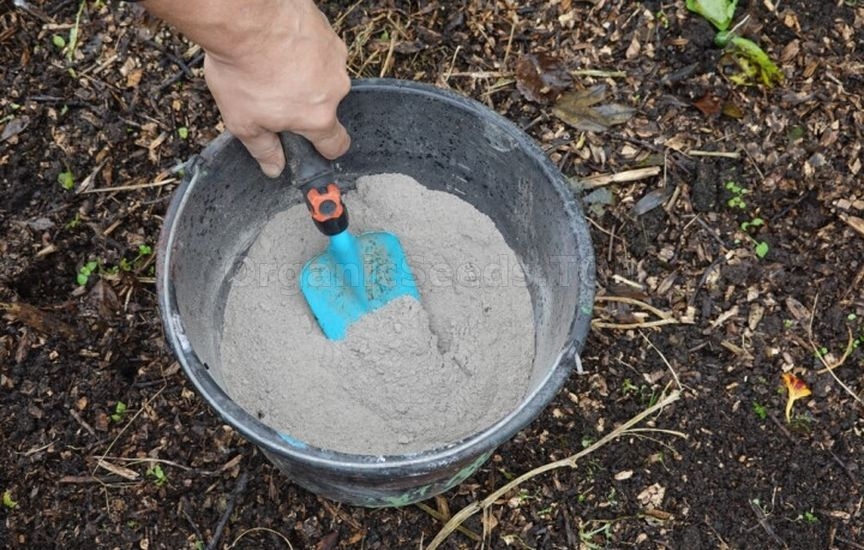 Autumn feeding will help plants accumulate enough nutrients for a long winter. Prefer fertilizers with potassium and phosphorus, as nitrogen can cause vegetation in seedlings, which will weaken them before frosts: shoots won’t mature in time and will freeze. What to feed young seedlings with? Here are some proven options (per 1 sq.m):
To make the feeding more effective, embed the fertilizers in a shallow trench dug around the perimeter of the trunk circle.
Wood ash and phosphate rock are best used on slightly acidic soils, superphosphate and potassium sulfate – on neutral ones. Potassium sulfate can be replaced with potassium magnesium. You can also use water-soluble complex fertilizers with a high content of potassium and phosphorus, for example, monopotassium phosphate (10 g per 10 liters of water) After applying dry fertilizers, water the plants with clean water. Water young trees and shrubs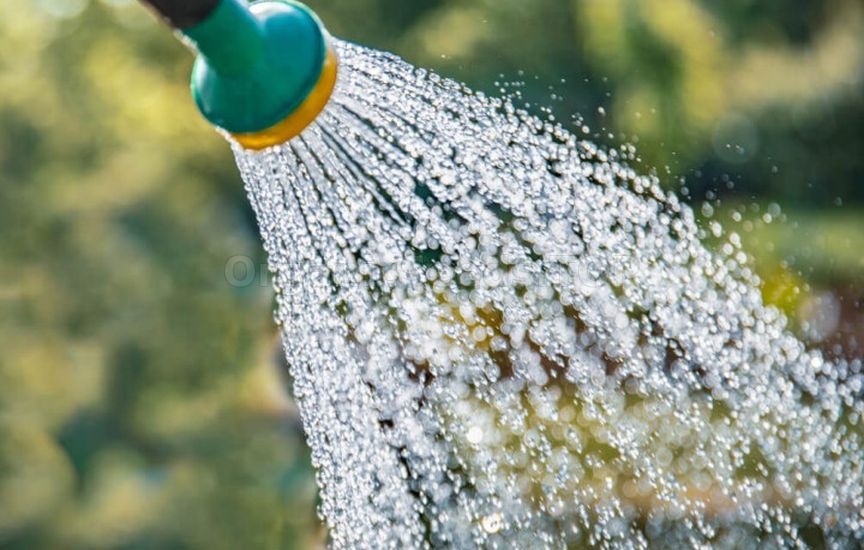 After leaf fall, before the onset of stable frosts, it is useful to carry out moisture-charging watering, which will protect seedlings from drying out in winter. Water abundantly so that deep layers of soil are saturated with moisture. If autumn is dry, such watering can be done several times. Watering norms:
Mulch the trunk circles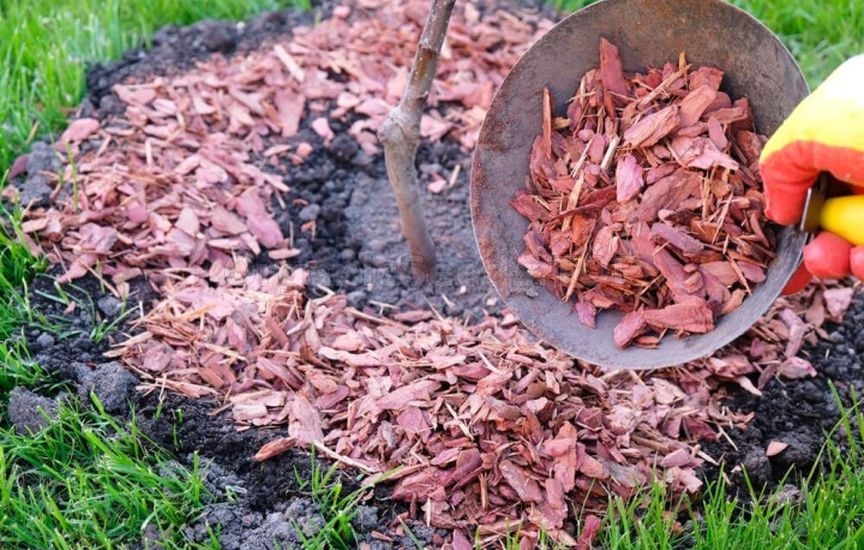 Autumn mulching of seedlings performs several important functions: retains heat in the root zone of the soil, prevents moisture from evaporating too quickly, and suppresses weed growth, which may still try to sprout under the warm rays of the autumn sun. Best materials for mulching: compost, humus, lowland peat, rotted sawdust, wood chips, bark. If winters in your region are very harsh, the mulch layer should be at least 10 cm. It’s important that it doesn’t touch the trunk closely, otherwise the bark may rot. You can lay spruce branches on top of the mulch, which will also repel rodents. Straw, on the contrary, attracts rodents. Treat seedlings against diseases and pests During eradication treatment of the garden, be sure to treat young seedlings as well. The concentration of the solution should be lower than for adult plants, for example, you can prepare:
Such treatment will protect trees and shrubs from dangerous fungi, bacteria, and insect pests that are preparing to overwinter on the plants themselves or in the trunk circles.
Spray the garden on a dry and windless day. Be sure to use personal protective equipment for skin, eyes, and respiratory organs. Whitewash the seedlings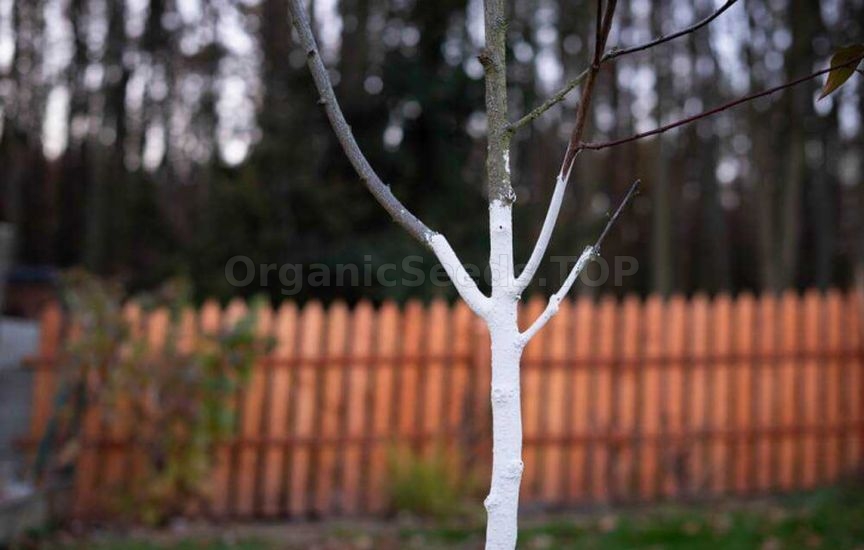 We mentioned that young trees are especially vulnerable to the scorching winter sun, so they should be protected by whitewashing the trunks with ready-made garden paint or self-prepared whitewash. By performing this simple procedure, you will solve several problems: protect plants from possible frost cracks, diseases, and pests. Whitewash trees in dry weather when the daytime air temperature drops below 5°C. Garden whitewash based on chalk or lime is best applied in two layers, allowing the first to dry beforehand. Protect plants from rodents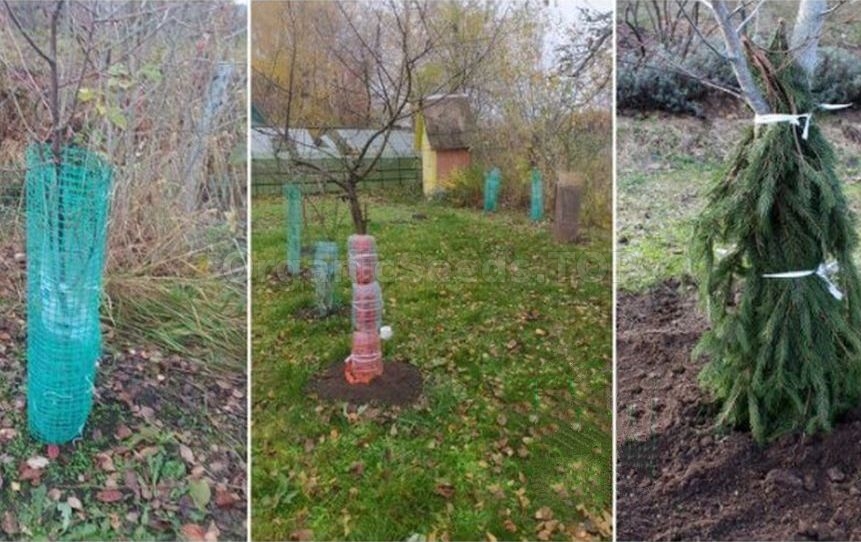 Hares, mice, rats, and other rodents may visit garden plots in winter. And of course, they like young seedlings with tender bark the most. One animal can ruin all the plantings. And damaged plants will be impossible to save, as their trunks are still very thin. So be sure to fence the plants with metal or plastic mesh, or wrap the trunks with garden bandage, burlap, strips of spunbond. You can also protect trunks with spruce branches, split plastic pipes, old nylon stockings, etc. If the material fits tightly to the trunk, don’t forget to remove the "protection" in spring after the warmth arrives so the bark doesn’t rot. The protective material should be buried in the ground around the trunk or covered with soil so rodents don’t get to its lower part. To fight mice and rats, you can set traps with poisonous baits. And hares will be scared off by a black rustling bag tied near the tree. The recommendations presented will help seedlings planted this autumn and already leafed out to survive the winter normally. If there are concerns that the plant won’t overwinter successfully in open ground, you can dig it up with a clump of soil and store it in a cellar or basement. Until spring, the seedling should be regularly inspected and watered, avoiding overwatering. How to prepare a «nursery bed» for winter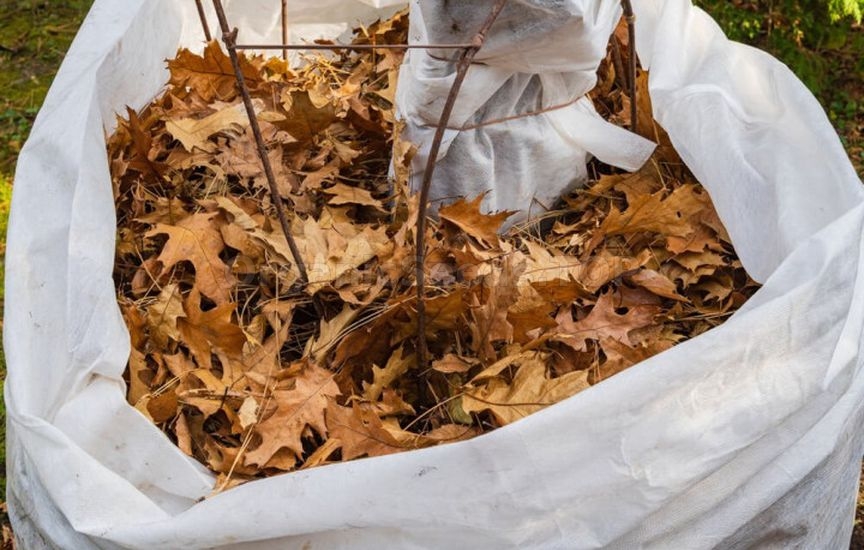 A «nursery bed» is a garden bed where seedlings grow until they are transplanted to a permanent place. They are planted more densely here, so it’s easier to cover them for winter. In addition to mulching with a thick layer of organic matter, install arches over low-growing plants and stretch white breathable material over them (to avoid excessive absorption of sunlight), such as spunbond, lutrasil, burlap. Secure it with boards or stones at the edges. You can also add insulation inside, such as dry healthy leaves. If you take care of young seedlings now, next season they will continue to actively grow their root and above-ground mass, get sick less often, and may even start fruiting ahead of schedule. So all these efforts will definitely pay off! You may need:Organic Fertilizers |
|
|
